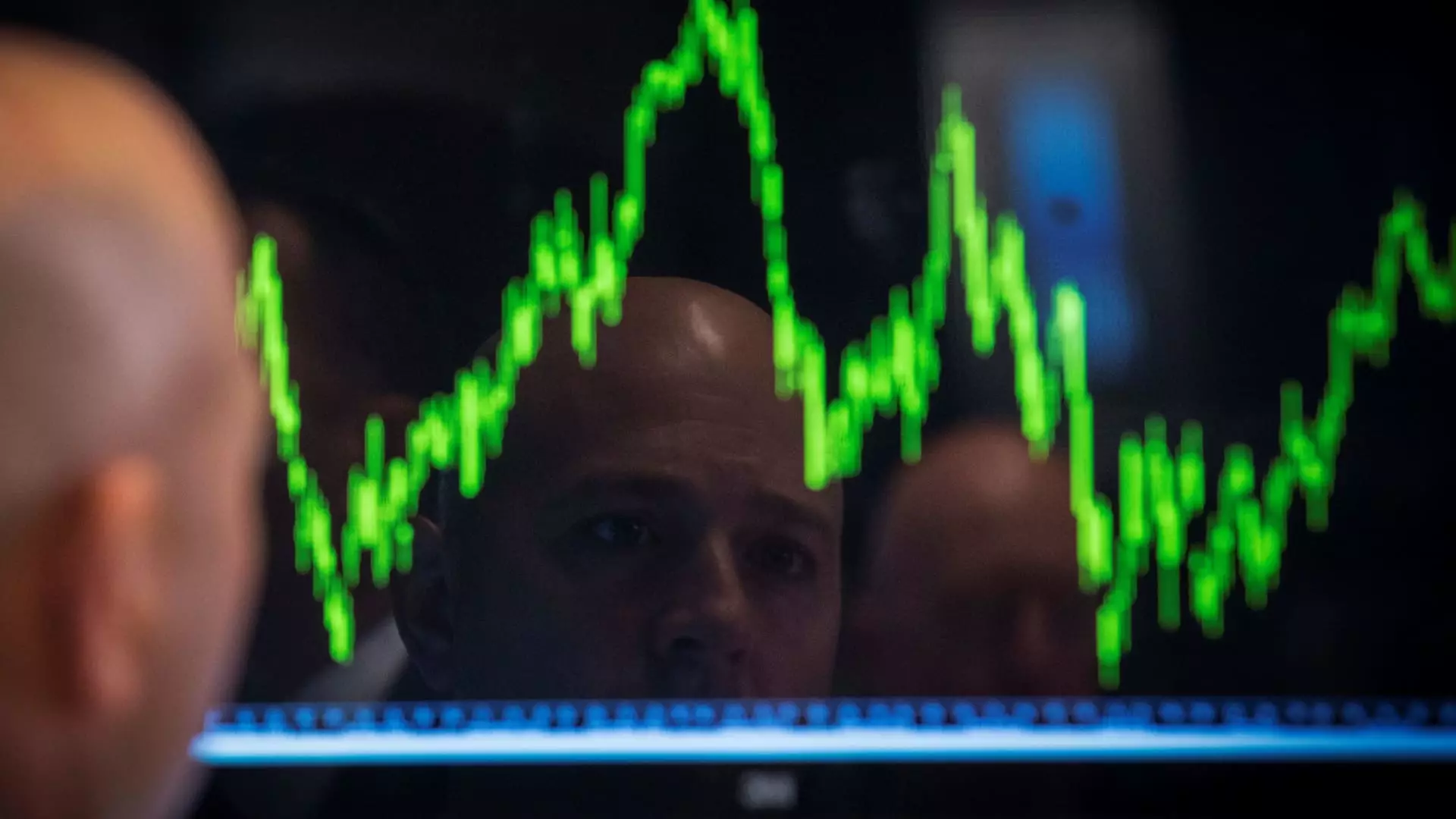In recent years, we’ve observed a seismic shift in how investment opportunities traditionally accessible only to the affluent are now being made available to the average investor. Exchange-Traded Funds (ETFs) are at the forefront of this wave, significantly altering the landscape of investing. No longer are complex strategies and private credit options reserved for the elite; firms like JPMorgan Chase and BlackRock are democratizing access to these assets, providing everyday investors with strategies that were once considered the exclusive domain of high-net-worth clients. This evolution, while beneficial, is not without its pitfalls, raising important questions about risk and long-term viability.
The Democratization of Investment Strategies
Gone are the days when you needed to be a PhD-holding finance guru or a millionaire to capitalize on investment strategies like private credit or complex equity income strategies. Major financial institutions have recognized the insatiable demand from average investors eager to diversify their portfolios and seek alternative investment avenues. According to Ben Slavin, of BNY Mellon, this isn’t merely a trend; it’s a significant shift in investor mentality. Retail investors are increasingly demanding access to sophisticated products that can help them mitigate risks and potentially enhance returns.
This is not just an expansion of choice; it’s a meaningful redefinition of who gets to play in the investment arena. By introducing products like private credit ETFs and interval funds, asset managers are reaching out to a broader audience, and that’s commendable. Yet, one must ask: are these products truly suitable for the average American, with limited knowledge and experience in navigating the complexities typically associated with such investments?
The Dangers of Limited Liquidity
One glaring concern remains the issue of liquidity, especially for products traditionally confined to private markets. The SEC’s recent approval of the first private credit ETF has generated excitement but also trepidation. Unlike traditional public equity markets, private markets can often suffer from low liquidity, and ETFs need to address this fundamental challenge to be deemed effective.
Take, for instance, the Van Eck’s BDC Income ETF, which invests in business development companies. While it provides exposure to private loans, the historical illiquidity of such investments poses a significant risk to retail investors who may not understand the implications. It’s essential to remember that while ETFs can provide cheaper, more accessible avenues for these investments, they do not automatically eliminate the risks associated with them.
As the allure of high returns through these alternative investment strategies grows, investors should approach these products with an analytical mindset, weighing both opportunity and risk. Are they prepared for the potential downsides that these illiquid assets might present?
Active ETFs: A Safety Net in Turbulent Times
In times of market volatility, the rise of active ETFs designed to provide downside protection has garnered attention. JPMorgan and Goldman Sachs have brought forth innovative strategies, such as selling call options for income, to generate consistent returns while maintaining a stake in the equities market. This approach has become increasingly compelling for investors seeking stability amid economic uncertainty.
However, the attractiveness of these strategies shouldn’t mask the fundamental challenge they present: volatility will always be a factor in investing. The important thing for everyday investors is not just to chase yield but to understand the underlying mechanics of these strategies. The promise of consistent income can be enticing, but buyers should remain vigilant and prudent in dissecting their risk exposures rather than falling into the trap of being “chasing returns.”
Furthermore, the expense ratios of funds like the JPMorgan Equity Premium Income ETF, which boasts a seemingly attractive 7.2% dividend yield, may ultimately misrepresent their effectiveness in mitigating volatility. Presumably, investors are more susceptible to overlook hidden costs and potential implications of payout structures.
Investor Education: A Must in the Era of Fractured Markets
Perhaps the most profound takeaway from this evolving financial landscape is the urgent need for investor education. With trillions of dollars sidelined in money market accounts, many individuals are prepared to venture back into the market but are also apprehensive about the risks involved. While buffer ETFs that limit market downside are gaining traction, it’s imperative that investors understand what these products entail.
Ben Johnson from Morningstar aptly noted that the underlying strategies are not new; they have been honed and applied on Wall Street for years. As these strategies become mainstream, investors must look beyond the allure of ETFs as a catch-all solution. They need a nuanced understanding of how these products work, their historical performance, and how they fit into their overall investment strategy.
The proliferation of new investment vehicles does not mitigate the necessity for due diligence. In a world saturated with enticing investments, it has never been more critical for retail investors to become informed participants in the financial market, ensuring that they are not simply lured by high yields or newness but are instead making rational, informed decisions.
The new age of investing isn’t just about access; it’s about empowerment through knowledge and caution.

